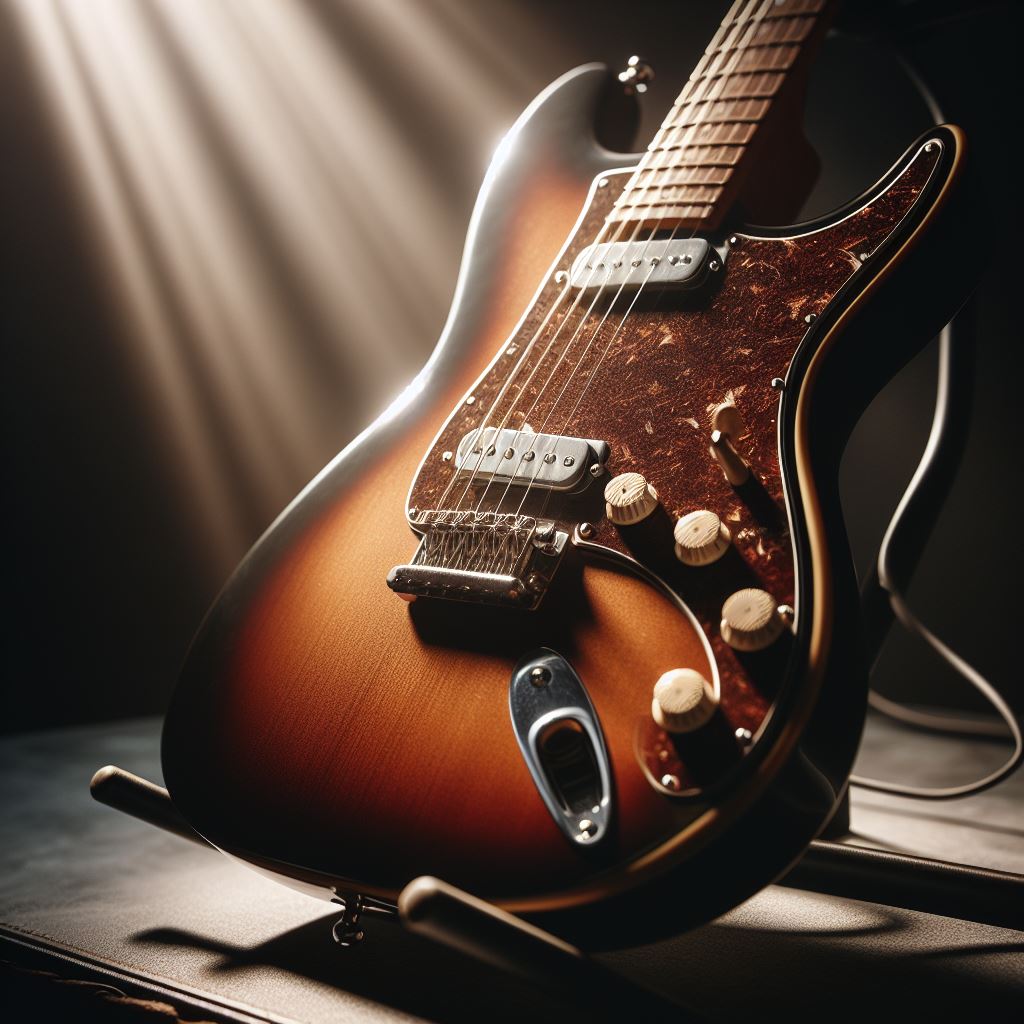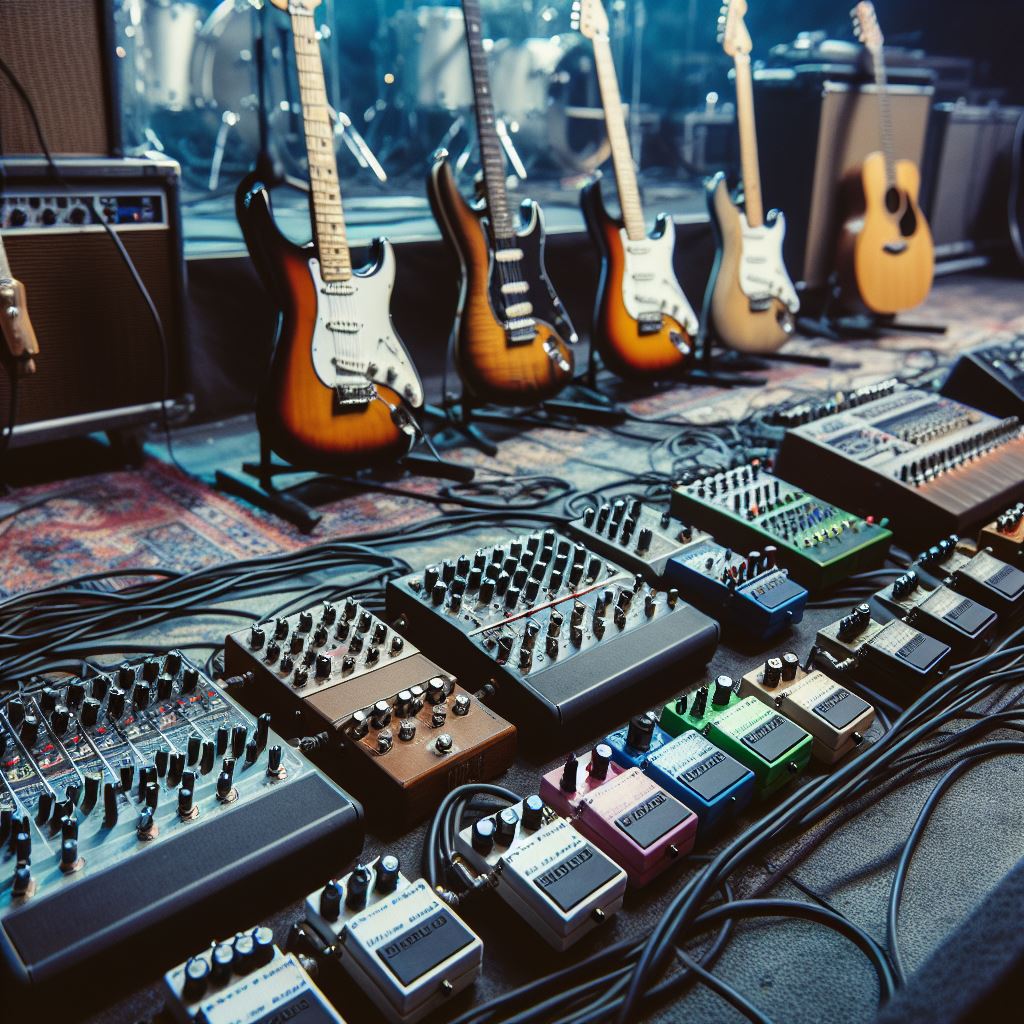When it comes to the artistry and craftsmanship of acoustic guitars, Japan has a storied history that has long captivated guitar aficionados around the world. Japanese acoustic guitars are renowned for their meticulous construction, attention to detail, and exceptional quality of sound. It’s no wonder that musicians seeking superior instruments often turn to the best Japanese acoustic guitars for their unparalleled performance.
As we delve into this world, we uncover a range of instruments that cater to diverse musical styles and player preferences. From handcrafted boutique models to the precision-made guitars from larger manufacturers, Japan offers a spectrum of acoustic guitars that stand out in the global market. Whether you’re a beginner seeking a reliable starter instrument or a seasoned professional looking for a unique addition to your collection, Japanese acoustic guitars offer something for everyone.
Join us as we explore these exquisite instruments, and discover why they have earned such a prestigious reputation. If you’re intrigued by the exceptional quality of these guitars, don’t forget to Subscribe To My YouTube Channel for in-depth reviews and insights into the latest models and vintage gems from Japan’s finest luthiers.
The Craftsmanship Behind Japanese Acoustic Guitars

The secret behind the superior quality of the best Japanese acoustic guitars lies in the country’s dedication to craftsmanship. Japanese luthiers combine time-honored traditions with innovative techniques to create instruments that are both aesthetically beautiful and sonically exceptional. Every aspect, from selecting the finest woods to the final polish, is carried out with a level of precision that reflects a deep reverence for the craft.
Wood selection is critical, and Japanese guitar makers often use domestically sourced tonewoods such as Kiso spruce or Hokkaido maple. These woods are known for their tonal clarity and resonance, contributing to the guitar’s rich sound. The meticulous joinery and bracing techniques employed in the construction process further enhance the instrument’s stability and sound projection.
It’s not just the materials and construction methods that set these guitars apart; it’s also the finishing touches. Lacquering, inlay work, and binding are all completed with a finesse that speaks to the luthiers’ high standards. The result is an instrument that not only plays beautifully but also stands as a piece of functional art, showcasing the luthier’s skill and dedication to the instrument’s aesthetic and acoustic qualities.
Iconic Japanese Brands and Their Legacy

Japan is home to several iconic guitar brands that have left an indelible mark on the music industry. Brands like Yamaha, Takamine, and Ibanez are not just household names; they are also representatives of Japan’s legacy in guitar craftsmanship. Each brand has its own story, its unique approach to guitar making, and a loyal following of musicians who swear by their quality.
Yamaha, one of the most recognized names in the music world, has been producing guitars since the 1940s. Known for their exceptional quality and innovative design, Yamaha acoustic guitars are favored by beginners and professionals alike for their playability and rich tones.
Takamine, another esteemed brand, has been crafting guitars since the late 1950s. It pioneered the integration of the preamp-equalizer component, which revolutionized the acoustic-electric guitar market. Takamine’s dedication to quality is evident in their finely crafted instruments, which are revered for their clear sound and durability.
Ibanez, although often associated with electric guitars, also produces high-quality acoustic guitars. With a history stretching back to 1908, Ibanez has continuously adapted to the ever-changing music scene while maintaining the traditional craftsmanship that produces their distinct sound.
These brands, among others, not only contribute to the rich tapestry of Japanese guitar-making history but also influence guitarists worldwide. Their commitment to quality and innovation ensures that the best Japanese acoustic guitars will continue to be cherished and played for generations to come.
Unveiling the Top Japanese Acoustic Guitars
When it comes to the best Japanese acoustic guitars, there are several models that stand out for their superior sound quality, craftsmanship, and value. Here, we unveil a selection that has garnered attention from guitar enthusiasts around the globe.
Yamaha FG800 is a prime example of affordability meeting quality. This guitar has a solid spruce top and nato/okume back and sides, offering a balanced sound that’s perfect for both beginners and seasoned players. Its scalloped bracing pattern is a feature usually found in higher-end models, making the FG800 a remarkable instrument in its price range.
The Takamine P3NY, part of the esteemed Pro Series, is a New Yorker-sized parlor guitar that offers a rich, resonant tone with a clear midrange that’s ideal for fingerstyle players. It also features Takamine’s proprietary CTP-3 CoolTube preamp system, making it a versatile choice for live performances.
For those seeking an all-solid-wood construction, the Ibanez Artwood Vintage AVC9 is a compelling choice. It sports a mahogany top, back, and sides, which lend it a warm, woody tone that improves with age. Its Thermo Aged™ bridge and fretboard also contribute to its vintage sound.
These instruments are just a glimpse into the vast array of best Japanese acoustic guitars available to players. They exemplify the meticulous attention to detail and the harmonious blend of traditional techniques with modern advancements that Japanese luthiers are celebrated for.
Factors to Consider When Choosing a Japanese Acoustic Guitar

Selecting the perfect Japanese acoustic guitar requires considering several key factors to ensure you find an instrument that meets your musical needs and preferences. First and foremost, construction and materials play a crucial role in the sound and durability of the guitar. Look for solid wood tops for superior resonance, and consider the type of wood used, as it impacts the tonal characteristics.
Another vital aspect is the type of bracing. Japanese guitars often feature advanced bracing patterns that enhance sound projection and clarity. Whether it’s X-bracing or a more unique pattern, understanding how bracing affects the guitar’s voice is important.
The playability of the guitar is also essential, especially for beginners. A comfortable neck shape, action height, and string spacing can make a significant difference in the playing experience. Ensure the guitar feels right in your hands and is suitable for your playing style.
Electronics and hardware are additional considerations if you plan to perform live. Many Japanese acoustic guitars come equipped with high-quality preamps and pickups, providing a natural amplified sound.
Lastly, brand reputation and warranty offer peace of mind. Reputable Japanese brands often provide excellent customer service and warranties, safeguarding your investment. By carefully weighing these factors, you’ll be well on your way to finding the best Japanese acoustic guitar that will serve you for years to come.
How to Maintain Your Japanese Acoustic Guitar for Longevity

Maintaining your Japanese acoustic guitar is essential to ensure its longevity and optimal performance. Regular cleaning is the first step; gently wipe down your guitar with a soft, dry cloth to remove fingerprints and dust. For the fretboard, use a specially formulated guitar cleaner and conditioner to keep the wood hydrated and prevent cracks.
It’s also important to monitor the humidity level where you store your guitar. Too much or too little humidity can cause wood to swell or shrink, leading to warping or cracking. A humidifier or dehumidifier in the guitar’s storage area can help maintain a consistent and safe level of humidity.
Regularly changing your strings is another key aspect of guitar maintenance. Fresh strings not only sound better but also reduce wear on the frets and fretboard. While changing strings, take the opportunity to clean the areas of the guitar that are hard to reach when it’s fully strung.
Lastly, a periodic professional setup can keep your guitar playing smoothly. A luthier or skilled technician will adjust the action, intonation, and check for any potential issues that could affect your guitar’s performance.
For more tips on guitar maintenance and to stay updated on the latest in guitar gear and reviews, Subscribe To My YouTube Channel. With proper care and attention, your Japanese acoustic guitar will continue to produce beautiful music for many years to come.

